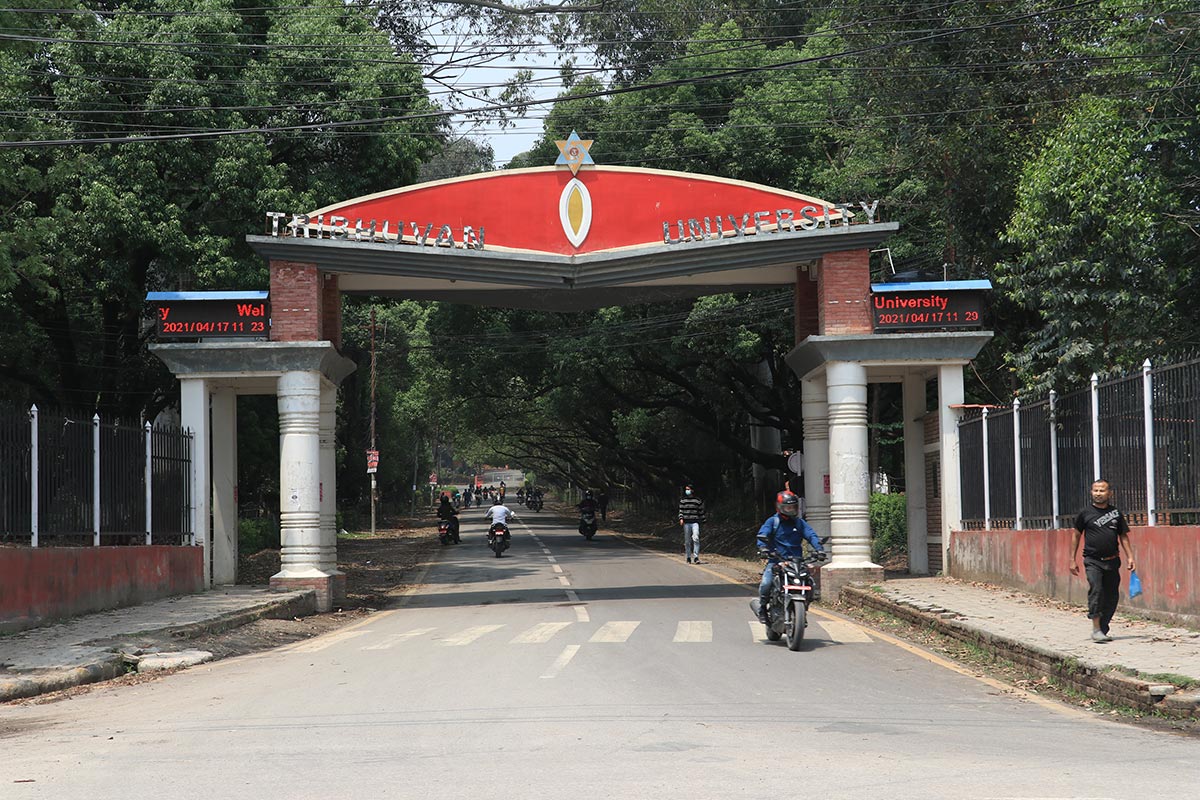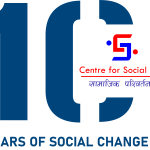
The Erosion of Higher Education in Nepal
Photo by Bijay Chaurasia via Wikimedia Commons
Writer: Raunak Mainali
Every year, thousands of optimistic Nepali youths apply to study abroad in the hope that it opens doors that remain locked in Nepal. This is not an easy process. A frustrating amount of time is spent in foreign embassies and government offices. Educational consultancies adopt predatory rent-seeking behaviour by charging exorbitant fees and feed off the desperation of these hopeful youths. Yet these hurdles are calculated and taken in stride by prospective students who rationalise these as the costs of pursuing their dreams of studying abroad. For them it will be worth it.
Students leaving Nepal experience a number of pull and push factors that shape their decision. The pull factors include the quality of education abroad, job opportunities, independence and many more. The factors that are pushing youths away are antithetic to the pull factors. There is a shortage of job opportunities in Nepal. I personally know people with advanced degrees from foreign universities who fail to find work that compliments their education. There is also a lack of independence in Nepal for youths who may be restricted by family or societal pressures. And finally, the focus of this article, the poor quality of higher education in Nepal.
As a developing country, it should not come as a surprise that Nepal’s higher education lacks in quality. Obviously, Nepal’s universities do not make an appearance on world rankings, however, they also fail to appear in any regional rankings. Even when compared to India, Bangladesh, Sri Lanka and Pakistan, Nepal pales in comparison in regard to higher education. Not only do the rankings corroborate this claim but the numerous Nepali students pursuing degrees within these countries alone should testify their higher educational superiority over Nepal.
Now the question arises to why the quality of higher education in Nepal is so poor. There are various reasons for this. One of the factors is the student to staff ratio. Tribhuvan University, the oldest and most prestigious university in Nepal, had an enrolment of 604,437. This ranks the university as the 12th biggest university in the world in terms of student size. Despite this large size, the university only employs around 8,000 teaching staff meaning that the student to staff ratio is around 1 teacher for 75 students. In comparison the average student to staff ratio in the UK is 1 teacher for 17 students and top universities in the US have around 1 teacher for every 5 students. This is also prevalent at the graduate level as the PhD course in economics has a yearly intake of around 40 students. These students also have to pay fees to study for their doctorate degrees as opposed to receiving funding as is customary in foreign universities. These statistics clearly show that these universities have prioritised profit over the quality of education as no efforts have been made to increase the number of staff in order to meet the demands of good quality education for all.
Another issue within Nepal is the increased politicisation of higher education. Student involvement in politics is not necessarily a negative. Democratisation movements in many countries, including Nepal, have used universities as breeding grounds for positive change. Universities historically have been home to alternative politics that go against the regime. However, in Nepal, student politics has been completely captured by mainstream parties and has become an extension of national politics. As the biggest universities in Nepal such as Tribhuvan University and Kathmandu University are public institutions, the top administrative positions are often appointed by the government. These positions of power have fallen victim to clientelism where sympathisers of the ruling parties are given preference over individuals who are better qualified. Not only is this a blatant undermining of meritocracy, it also leads increased politicisation of higher education. For example, the appointment of a Maoist vice-chancellor at Mid-Western University in Surkhet left their political opponents dissatisfied and led to violent clashes between student groups. Whilst the university was originally the home of alternative politics such as in the Panchayat era, it is now an extension of the establishment. Those students place more importance in their political identity than their identity as students.
These developments within universities have had a significant impact on Nepali society. The inability to provide decent education means that there exist issues that are prevalent in poorly educated populations. The physical infrastructure of Nepal could be improved with better engineers. The health sector would be enhanced with better doctors. By improving the study of Politics, Economics, Sociology and other social sciences, better political discourses would occur allowing for increased accountability of the government. Like in any other sector in Nepal, higher education has suffered due to the pursuit of capital and politicisation. However, there is a silver lining. As aforementioned, the biggest universities in Nepal are publicly run and therefore by applying political pressure there is a chance to redress issues within Nepali higher education.
The views and opinions expressed in the piece above are solely those of the original author(s) and contributor(s). They do not necessarily represent the views of Centre for Social Change.

Raunak Mainali, is currently a Research Fellow at Centre for Social Change. He has a postgraduate degree in Defence, Development and Diplomacy from Durham University as well as a BA in Politics and International Relations from the University of Kent. He is currently working on a book project for Routledge titled “Nepal’s Peace Process: Issues and Challenges”.
©2021 Centre for Social Change, Kathmandu
